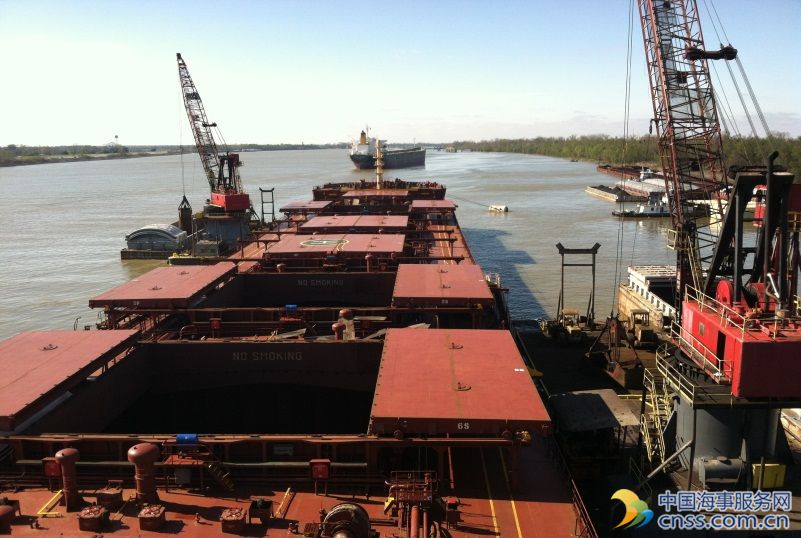BIMCO: Demolition Spree Hits Standstill Due to Rise in BDI

Following a scrapping spree witnessed in the first quarter of the year, the Baltic Dry Index’s (BDI) positive effect on capacity being removed from the fleet did not continue into the second quarter of 2016, as capesize demolition came to a halt, according to BIMCO.
The BDI went from “devastating” in February to “poor” in April with the highest total demolished DWT ever experienced in the dry bulk market, however, the demolition activity slowed down as the BDI improved.
“With BDI hitting an all-time low in February 2016, the dry bulk market saw a quarterly record volume of demolished ships in the wake of it. Subsequently, demolition activity came to a halt as BDI increased from March to peak at 703 on 25 April 2016. Shipowners were reluctant in the last part of 2015 to scrap, despite clear indications from the BDI, but responded positively in 2016; up by 15 % as compared to the first four months of 2015,” Chief Shipping Analyst, Peter Sand, said.
Panamax and handymax scrapping amounts to 40% in 2016
With the BDI declining, demolition increased in all segments except handysize, which was down 40% for the first four months against the same period in 2015.
Panamax and handymax segments are holding the “banner” for demolition, while capesize had a good start but could not keep momentum in the second quarter, BIMCO said.
However, capesize’s reaction to a 58.5% increase in BDI from March to April 2016 lead to a 28.3% drop in demolition for the period.
Handysize scrapping covered 18.1% of total scrapping in the first four months in 2015 but only 9.5% in 2016. Handymax and panamax, respectively, are up 81% and the 87% in 2016 compared to
the same four months in 2015. They now cover 40% of total scrapping in 2016.
Demolition age continues to drop
The increase in scrapping has also seen the lowest average age in the past five years. Where capesize in 2015 was the main driver lowering the demolition age, it is now the panamax and handymax segments influencing the decline from a combined 25.8 years in 2015 to 23.8 years in 2016.
“Despite the slowdown in demolition activity in April and May 2016 the decrease in ship demolition age continued from 2015. At an average of 23.3 years today, demolition age has decreased by 20.5 % over the past four years. Focusing on the two larger segments, we see capesize continue its trend towards the 20-year mark, together with panamax,” Sand said.
“The industry needs to break the trend of halting demolition activity as soon as the BDI improves marginally. We can only improve the fundamental market conditions if shipowners are keeping demolition activity up consistently,” he added.
Due to a Capesize market uptick, caused by an increase in iron ore trade, higher steel prices and a rise in scrapping, on April 26 the BDI marked its highest level so far in 2016 with 704 points, after it reached a new low of 298 points in February.
The Capesize index was at 1135 points, while the Supramax index and the Panamax index were at 564 and 718 points, respectively.
HEADLINES
- Do shipping markets want Biden or Trump for the win?
- All 18 crew safe after fire on Japanese-owned tanker off Singapore
- Singapore launching $44m co-investment initiative for maritime tech start-ups
- Cosco debuts Global Shipping Industry Chain Cooperation Initiative
- US warns of more shipping sanctions
- China continues seaport consolidation as Dalian offer goes unconditional